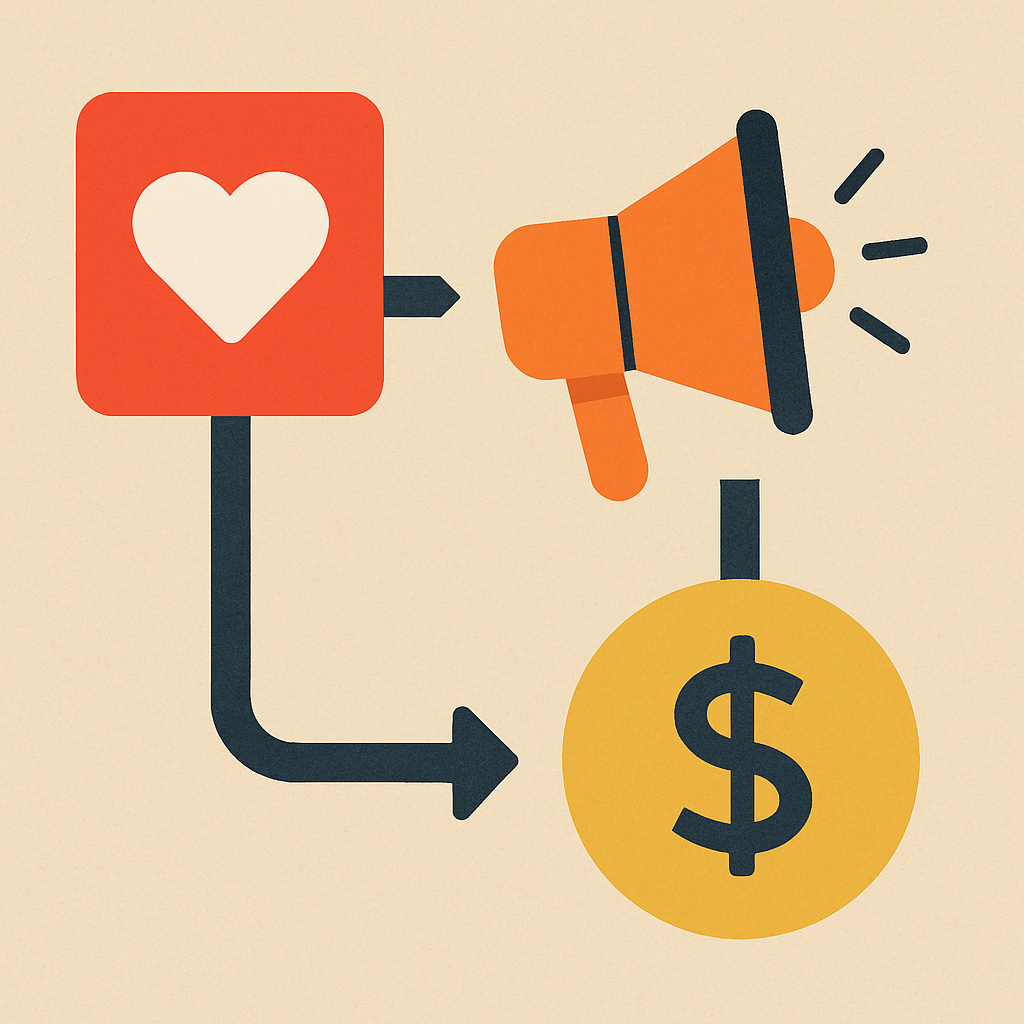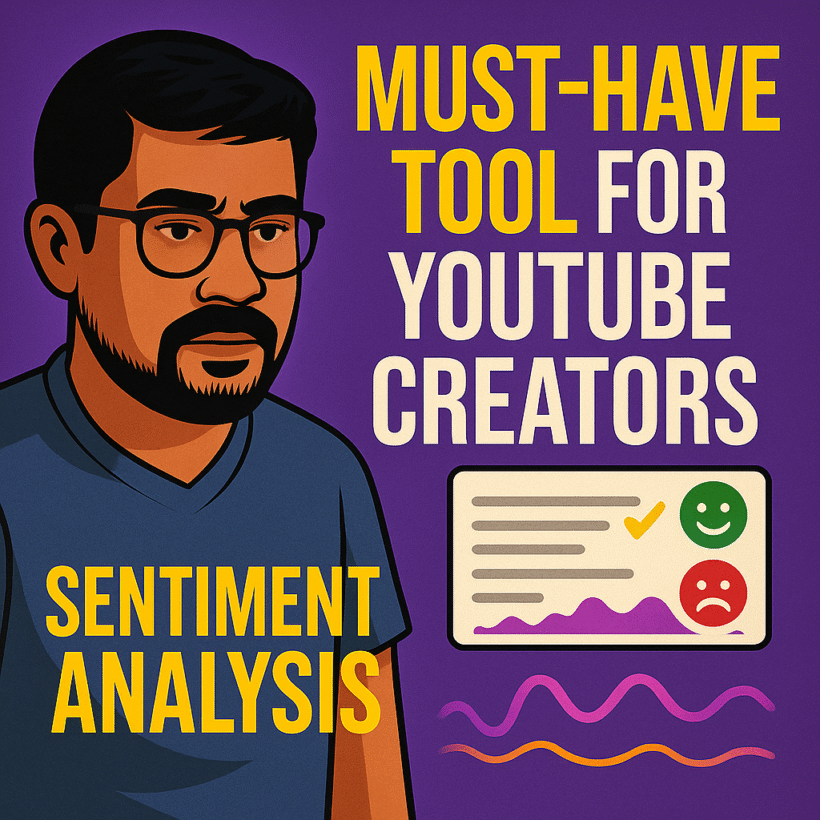The Hidden Power of YouTube Comments: How Sentiment Analysis Shapes Better Content When you manage a YouTube channel, every comment is a data point, a tiny window into your audience’s experience. But with thousands of comments pouring in, how do you separate actionable feedback from the noise? For me, the answer was sentiment analysis—a tool that has completely transformed how I approach content strategy. It all began with one of the channels I’m associated with. A new editor introduced fresh transition effects, which quickly caught viewers’ attention. Comments like “The effect works great in some places” became a recurring theme. We took that feedback seriously, incorporating the effect sparingly in future videos. The result? A subtle but noticeable improvement in how viewers connected with the content. On another channel, it went the opposite way. We experimented with sound effects for transitions, only to find 15 comments out of 2,000 mentioning the sound as “irritating.” That was enough for us to pledge never to use it again. These are small, subtle insights—but they matter. To scale this process, I tested Python scripts and sentiment analysis tools to evaluate feedback systematically. Eventually, I integrated sentiment analysis into my workflow, even developing a web app that leverages AI for smarter content decisions. (I’m in the final stages of launching—interested in testing? Ping me at thamiz@iniyan.in!) In one case, I analyzed a podcast video where I kept losing focus. The audience feedback confirmed my hunch: viewers found the anchor overly interruptive. The analysis wasn’t just about pinpointing the issue; it aligned my perception with theirs, proving the tool’s value. The Hidden Trends in Viewer Sentiment: A Lesson from YouTube Comments Sometimes, it’s not what viewers say—it’s when they say it that makes all the difference. One of the most fascinating insights I’ve uncovered using my AI-powered sentiment analysis web app came from a video that looked like a runaway success at first glance. This video, part of a channel I’ve been closely observing, initially received a flood of positive comments. Viewers praised everything from the visuals to the storytelling. Yet, something didn’t sit right with me. There was this subtle, nagging feeling that something was off. Curious, I added the video to my app’s testing list. The app analyzed the comments and generated a keyword sentiment analysis timeline. The results? Fascinating and alarming. For the first three days, the positive comments dominated, climbing steadily to the top. But then, on the fourth day, the trend reversed—negative comments started to rise, overtaking the positive ones. I replicated this analysis on a few other videos and found the same pattern. The initial feedback was overwhelmingly positive, but as the content reached a wider audience, the sentiment shifted. Why does this happen? Is it the honeymoon period of early viewers who are superfans or followers of the creator? Or does it reflect a broader audience discovering flaws that early viewers missed? Your chance to join the conversationI’m leaving this as an open question for you. What do you think causes such dramatic shifts in sentiment over time? Drop your thoughts in the comments below. The best, most accurate answer will win 3 months of premium access to my AI-powered sentiment analysis app—the ultimate tool for creators who want real insights from their audience. This trend taught me a critical lesson: sentiment analysis isn’t just about understanding your audience—it’s about tracking their evolving emotions. And sometimes, those shifts reveal insights that can change your content strategy entirely. Sentiment analysis doesn’t just simplify feedback—it amplifies it, showing how your audience truly feels. It’s a content creator’s secret weapon, and with tools like mine, it’s easier than ever to turn feedback into meaningful action.
Continue Reading

